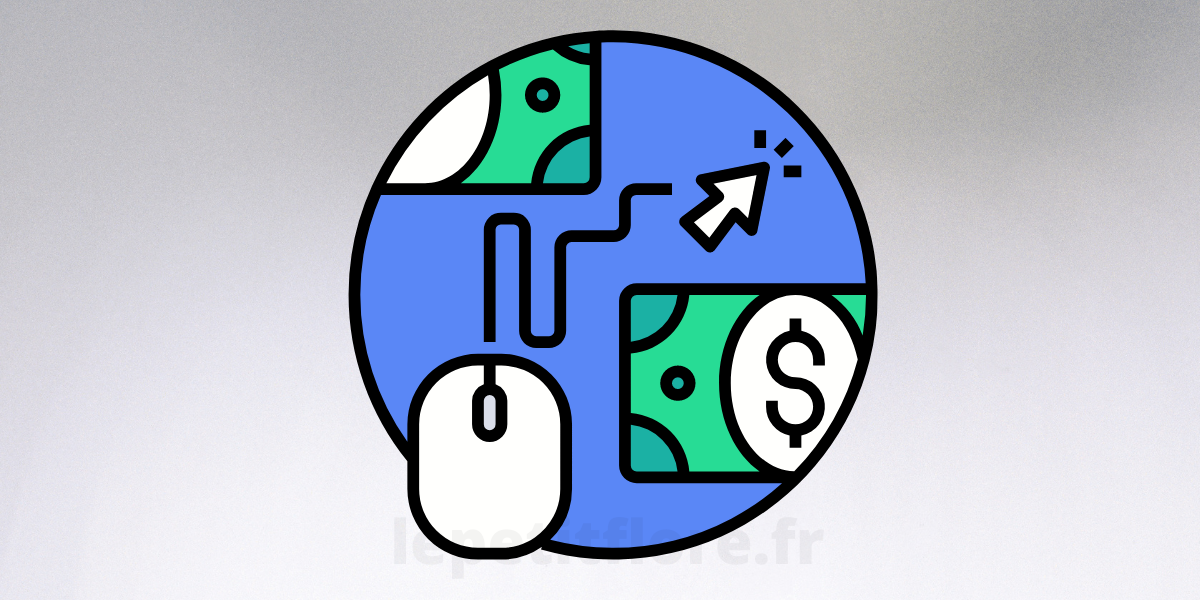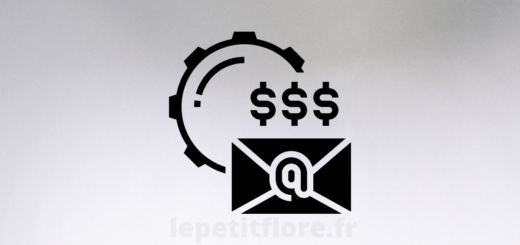How Pay-Per-Click Advertising Drives Profit and Brand Awareness

Plus, how PPC can help you reach your customers
A significant part of any marketing strategy is pay-per-click advertising. This statement can seem bold, especially considering that many small- and mid-sized business owners are intimidated by this advertising strategy. If you’re anything like most people, you might wonder, “Does pay per click work?”
It is evident that even if you only pay Google $1.00 per click, your ad budget will quickly be exhausted, considering the number of Google searches that take place daily.
Let’s look at why this assumption might be holding you back and how pay-per-click advertising can help drive profit and brand awareness.
First, what is Pay-per-click?
You’ve probably seen search engine results that say “Ad” at the top or bottom of a search engine result page (SERP). PPC (pay-per-click) allows marketers to place ads online and then pay the hosting platform (e.g., Google or Bing) for each click on their ad. PPC is a marketing strategy that aims to get users to click on the ads and go to the website or app of the marketer to purchase a product, service, or other helpful action. PPC ads are displayed at the top and bottom SERPs of search engines that are relevant to users’ queries. Google AdWords offers a pay-per-click option. Bing is another option, as many computers are already set up with Bing as their default search engine.
Google AdWords Paid Search
Google is the most well-known PPC advertising platform. It’s hard to find a better way than to place your ad directly in front of someone who is searching for the product or service you offer. Google displays a relevant paid search result for them to help them find the right product or service.
How paid search works
Each search engine result page (SERP) search query spot triggers instantaneous bidding for the keyword(s) the user entered into the search bar. These keywords are auctioned by advertisers when they create their advertising campaigns. The search engine determines the winning bid for a keyword-based on a combination – including the bid amount and the quality of the ads. The winner takes the top spot, while others are placed at the bottom or top of pages one and two, respectively.
Bid adjustments
Are you not seeing any results? Advertisers have the option to adjust their bids at any time, depending on their campaign’s best criteria. Let’s say, for example, that a marketing campaign is successful on mobile devices. To ensure that their ads appear more often on tablets and cell phones, the advertiser may increase their bid.
Conversion Tracking and Cost per Click
Why is conversion tracking so important? Because it allows you to see how much money an ad is making or losing. This is the only way you can determine if your cost per click (CPC) is affecting your profits.
Google Negative Keywords
You might be so focused on bidding for the top keywords that you forget to consider adding keywords that you don’t wish to rank for. These words can help you to eliminate unproductive clicks, clicks that you pay for or not.
If you are a pizzeria that targets the keyword phrase “Florida pizza,” you won’t want people looking for pizza delivery jobs. To prevent your ad from being found in searches for the keyphrase, you might want to use “pizza jobs” as a negative keyword.
A company that offers cold therapy to reduce saddlebags on the hips and thighs is one real-world example. We entered the negative keywords “Harley Davidson” and “bike saddlebags” before we launched their PPC campaign. This prevents clients from being shown in search results and enables them to pay for clicks that are not theirs.
Scroll down to the section that allows you to add negative keywords to your campaign. Click the + sign to add a negative phrase. This will ensure that Google doesn’t show your ads to users who have entered an unsuitable key term in their search query.
Remarketing Pixels
Retargeting programmatic ads has been a critical strategy to keep your brand top of mind when someone is looking to purchase your product or services. Remarketing pixels enable you to target specific people who have interacted with your digital properties (e.g., website) in order to show them targeted ads. These pixels can be embedded on your website, in email, or when you set up your pay-per-click ad on a social media platform or search engine.
HTML code that is invisible to the user records the behavior of your email subscribers, website visitors, and social media followers from the moment they interact with digital media embedded with the tracking pixels. These tracking devices provide insights into user behavior that can help you develop your content strategy. This includes personalized email marketing sequences. Your ads may appear on the user’s other sites or social media channels if you use them in Google AdWords PPC advertisements.
Video Remarketing
Video remarketing is also known as PPC advertising. It uses a tracking device to collect information about users who have visited your website before, watched a video, or engaged with your content. Video remarketing serves video ads directly to this list. You can create video ads campaigns to show specific YouTube videos to YouTube users who have viewed a particular video. After they watch the video, YouTube will show them the following video (e.g., a promotional video for your product or service).
Tend to Your Pay-per-Click Marketing Strategy
Pay-per-click marketing is not something you can do once and forget. You must be attentive to your PPC campaign daily to get the best return on investment. Everything you do to keep your PPC campaign on track, from budgeting to analytics and bid adjustments, will make a difference in your results. Here’s a simple PPC checklist.
Social Media Advertising and Reach Ads
Social media advertising is another option for reaching more customers as an advertiser. Social media advertising involves spending money on a social post that is already in use. Next, you will decide your target demographic (gender and age, location radius, and even interests) and then set a budget and timeframe for your promotion. Facebook is the most popular social media platform for advertising. However, there are some differences between social advertising (and pay-per-click). Social media advertising is based on impressions and not clicks.
Facebook: Run an ad or boost a post
Instagram: Sponsor a Post
Tweet Promotion on Twitter
LinkedIn: Promote a LinkedIn Post
More Pay-per-Click Tips
Multiple ads can be designed in batches. Ads should be refreshed quickly to avoid banner blindness and ad fatigue.
To improve your results, you should regularly review your campaign numbers and adjust creatives, bids, or negative keywords.
Remarketing pixels can be used to make your ad appear on other websites that your prospects visit.
Include a testimonial and a remarketing clip that explains what it is like to be a client of your business.
You can use opposite messaging. For example, if your funnel has an emotional tone, your video should be logical.
A video advertisement that shows what it’s like for customers to be your customer or to buy your product can be used to market your product.
You can use multiple headlines and split-test your ads.
If you are able to maximize your pay-per-click results, then it can be a valuable part of your marketing plan.



